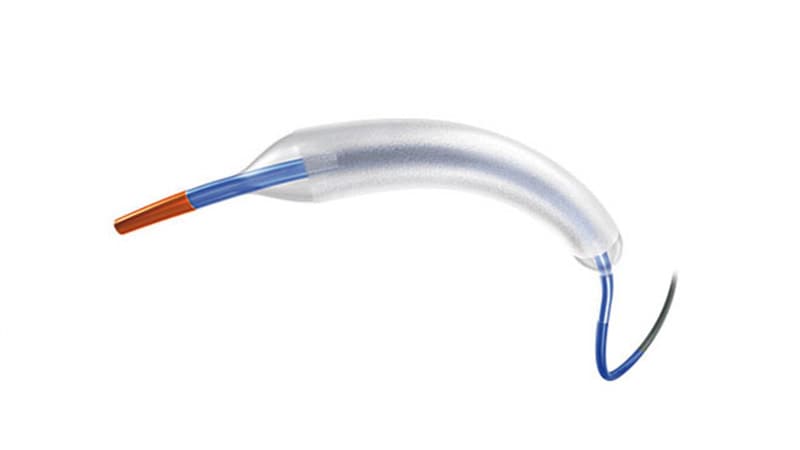Superiority of Drug-Coated Balloon for High-Risk In-Stent Restenosis Treatment
The content discusses the superiority of drug-coated balloons over conventional balloon angioplasty in treating coronary artery in-stent restenosis. The AGENT DCB showed significant reductions in target lesion restenosis and target vessel myocardial infarction compared to conventional methods. The study, AGENT IDE, involved 480 patients and demonstrated a 38% relative risk reduction in target lesion failure at 1 year with the DCB. The DCB also reduced the rate of target lesion revascularization and target vessel MI. The study is expanding to include 600 patients and aims to support FDA approval for the AGENT DCB in the United States.
Customize Summary
Rewrite with AI
Generate Citations
Translate Source
To Another Language
Generate MindMap
from source content
Visit Source
www.medscape.com
Drug-Coated Balloon Better for High-Risk In-Stent Restenosis
Key Insights Distilled From
by Daniel M. Ke... at www.medscape.com 11-03-2023
https://www.medscape.com/viewarticle/998082
Deeper Inquiries
